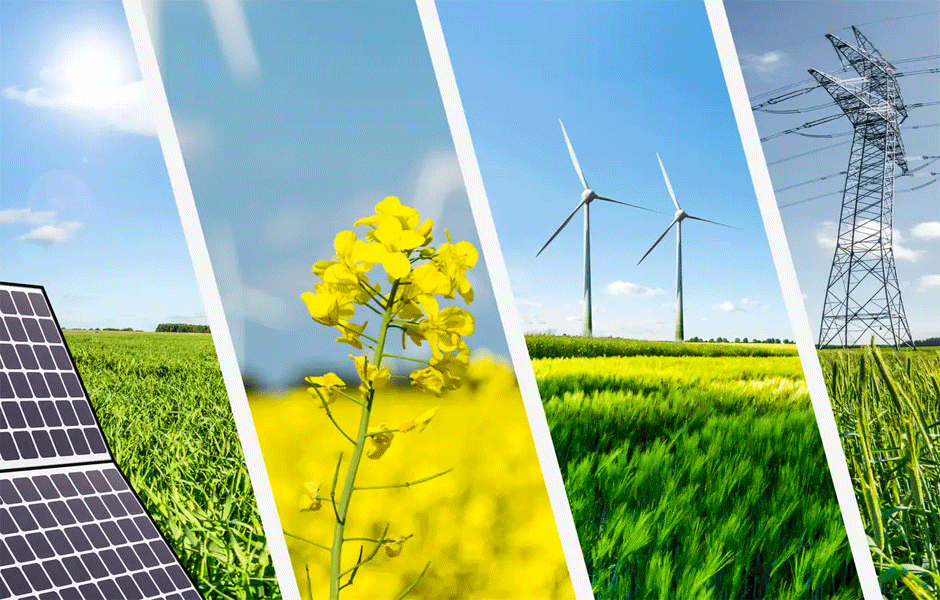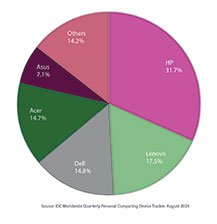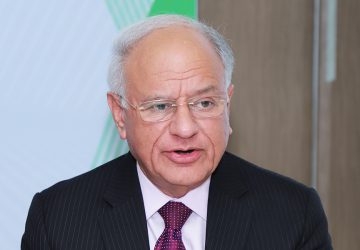Renewables getting massive attention from multiple sectors in view of worsening climatic conditions: REN21
Digital Edge Bureau 30 Mar, 2023 0 comment(s)
REN21, a Paris-headquartered global renewable energy advocacy group, in its latest Global Status Report (GSR) 2023 Demand Modules, says that sectors including buildings, industry, transport and agriculture have embarked on making massive use of renewable energy
Renewables – in their manifestations of wind energy, solar energy, geothermal energy, ocean energy, bio energy, and of course, hydro power – have demonstrated their value in all demand sectors as resilient, reliable, stable and affordable sources of energy, and they’ve successfully responded to the compounding crises now gripping the world. This has been revealed by REN21, a Paris-headquartered leading renewable energy advocacy group, in its just published Global Status Report (GSR) 2023 Demand Modules.
The modules explore the growth of renewables demand in all four leading energy-consuming sectors – buildings, industry, transport and agriculture – and are the first in a series of a total of eight modules in the GSR 2023 Collection. Forthcoming modules will focus on Renewables in Energy Supply, Renewable Energy Systems and Infrastructure, and Renewables for Economic and Social Value Creation, as well as the Global Overview. All of these modules are scheduled for release by June 2023.
“It’s a typical story of challenges turned into opportunities,” said Rana Adib, Executive Director, REN21. “The polycrisis made policymakers and the leaders of key energy-consuming sectors realise the benefits of renewables as a local energy source that can guarantee security of supply and stable costs. It’s what we’ve been saying for decades, so it’s unfortunate that it took a crisis for the world to finally turn to renewables to operate industries, buildings, transport and agriculture – a crisis that, in many places, pushed families into poverty, forced factories to cut production and slowed economic growth,” elaborated Adib.

Rana Adib
Executive Director
REN21
Rising energy prices, as well as various commitments aimed at tackling the climate crisis, had a direct impact on the rising yet varying demand for renewables in buildings, industrial activities, transport and agriculture, the report says. The strong effects of price inflation on all end-users, driven by the energy crisis, triggered key policy packages designed to counter market disruptions and speed growth in the production, use and local manufacturing of renewables.
Several key policy packages boosted the demand for renewables in end-use sectors during 2022: the United States’ announcement of the $500 billion Inflation Reduction Act, providing new spending, tax credits and incentives for energy demand sectors; the European Commission’s REPowerEU plan; and India´s comprehensive renewable hydrogen plans, which directly target heavy industry and transport.
In the buildings sector, high energy prices and the search for reliable energy supply without fossil energy pushed people to switch from natural gas boilers to electric heat pumps, making 2022 a record year for heat pump installations, boasting 10 percent year-on-year growth. “This growth was most noticeable in Europe, where markets grew by 38-plus percent as households increasingly seek out more efficient and reliable alternatives to fossil fuel heating,” said Thomas Nowak, Secretary General of the European Heat Pump Association.
The economic benefits of rooftop solar panels also became more visible to end-users, in light of rising fossil fuel prices. In addition, the more-frequent heatwaves that swept Europe, India and China during 2022 brought attention to the growing role of cooling in driving electricity demand.
Energy-intensive industries were hit hardest by the polycrisis, with rising costs forcing some manufacturers to cut production or to relocate in search of greater energy affordability and security. Industries also responded directly by buying power from renewable energy suppliers through power purchase agreements (PPAs), which enable users to set fixed, long-term electricity rates and shield themselves from high costs. PPAs in Europe rose by 21 percent in 2022, surpassing by a record six times the growth in the installed renewable energy capacity by utilities that year to feed electricity. Renewables-based industrial parks also became more attractive in light of the energy crisis.
“If there is any positive outcome of the energy crisis on the industrial sector, it´s the fact that sector leaders were able to concretely discern the benefits of renewables in cutting production costs, strengthening resilience and maximising profits,” said Tareq Emtairah, Director of Energy United Nations Industrial Development Organisation.
In the transport sector, PPAs were a prominent measure to stabilise costs and shield users from external cost factors and mounting crises. In road and rail transport, electrification emerged as a growing trend and opportunity to accelerate the uptake of renewables among end-users. Electric vehicles – including electric two and three-wheelers and buses – and associated charging infrastructure had another record year, with 54 percent year-on-year growth in investment, especially in Asia. India doubled its electric vehicle spending in 2022.
Despite being the fastest growing sector for energy consumption, transport had the lowest overall use of renewables, with a modest four percent share. This indicates that the sector will require more than simply ongoing electrification to become more sustainable and efficient and to shift to a renewables-based sector.
“Electrifying cars will not reduce traffic congestion, improve road safety or make mobility more accessible to people. We need zero-emission public transport and dedicated infrastructure, including rail, in addition to fewer cars and more walking and cycling,” said Mohamed Mezghani, Secretary General of the International Union for Public Transport.
Electrification was a key trend in agriculture as well, alongside growth in energy independence and the use of geothermal and bioenergy sources. The sector also witnessed an uptake of decentralised renewables – especially in Africa, Asia and the Caribbean – as farmers prioritised energy access, reductions in fuel costs and energy efficiency. End users in the agriculture sector embraced technological developments and the use of renewables in food production and refrigeration.
“Renewables in agriculture offer the least-cost option for farmers, especially in rural areas where productive use of energy in the agricultural value chain drives a cycle of development by increasing income for farmers, improving financial stability for the electricity provider and enhancing food security for the country. it is really a win-win-win for everyone,” said Mohammed Jibril, Rural Electrification Agency of Nigeria.
“This report should serve as a wake-up call to all policy makers to enable immediate renewable energy responses that help users face the current multiple crises, including by reducing cost burdens and the weight of massive inflation. Renewable energy interventions will help communities build reliable and resilient infrastructure, instead of continuing to rely on harmful and obsolete energy systems,” said Arthouros Zervos, President, REN21 .
“By continuing to subsidise fossil fuels, policy makers are signalling that they are not serious about tackling the multiple economic, health and other crises we are facing. It shows they are being impractical about reducing high energy costs and the resulting impacts on everything we consume. Fossil fuel subsidies do not enable an even playing field for renewables to compete, and they unfortunately concentrate profits and benefits in the hands of a select few, instead of supporting greater equity for all,” elaborated Zervos.






























































